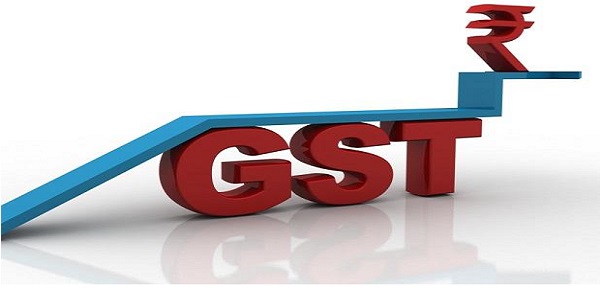Introduction: The implementation of GST can be considered as biggest yet controversial tax system in India. The government has been changing and introducing new rules almost every fortnight. Among all these rules and regulation lies a prominent aspect that is GST refund. We will today discuss one of many circumstances in which a taxpayer can apply for the credit that is lying in his/her Electronic Credit ledger account.
What is Inverted Tax Structure?
To understand this we will take a real life example of Footwear Industry. Example. X is a manufacturer of Footwear having a retail sale price not exceeding (Rs.500 1000 substituted on 27/07/2018) per pair, provided that such retail sale price is indelibly marked or embossed on the footwear itself the rate of output GST in this situation is 5% and all the items or parts required to make footwear are taxed at 18% GST. Here X has rate of output GST less than the Input GST which ultimately leads to the situation of accumulation of the credit in the credit ledger.

What should be done with such accumulated credit?
It is very much advised to get the refund of such accumulated credit because as per the GST law in case of Inverted Tax Structure scenario the credit gets lapsed after the two years from the relevant date. The relevant date for Inverted Tax Structure is end of the Financial Year in which such input was taken. Example: If X has purchased a Input material from his supplier on 3rd august 2017 then the relevant date shall be 31st march 2018 and the credit shall lapse by 2 years from the relevant date ie 31st march 2020.
How to get GST Refund under Inverted Tax Structure?
Well I’ll describe you this in following 2 steps:
1. Fill the online form GST RFD01A.
2. Submit the following documents to the department.
- GST registration certificate Reg-06
- Refund ARN Receipt
- GST RFD-01A
- Credit Ledger with debit entry of refund claim
- GSTR-3B for the month
- GSTR-1 for the month
- Certificate from Chartered Accountant in case the refund is more than 2 lakhs
- Undertaking to pay back
- Letter for Verification of refund application
- Declaration for non availment of ITC on Nil or Fully exempted supplies
- Self-Declaration for not passing the tax incidence to any other person
- Monthly Sales register for the month
- Monthly Purchase register for the month
- Reconciliation Statement of Sale & Purchase registers with GSTR-3B & GSTR-1






OFFHAND
The sample instantly chosen to supportively explain is ‘Footwear’ business ; which is a straightforward one to illustrate the concept of ‘inverted rate structure’.
Choose , instead, the most complicated ‘REALTY Business’, for an in-depth study ; to attempt and make out whether that entails an ‘inverted logic’ (as quipped by a CA in his published write-up) ; or really much more to be dubbed as – ‘perverted thinking’ (in own view) .
If so done, it may be realised that in case of GST on realtor, there is a far more serious imbalance / inequity than the levy on any other.
REASONS (in a nut shell):
1. Stamp Duty , though material and significant has been left out – not subsumed; and
2. No. or restriction on, entitlement to ‘ITC’ ; more so, on certain essential but high value (cost) ‘inputs’ ; and
3. Abatement for land, arbitrarily fixed @ one-third , illogically with no regard to the actual cost / priced component .
Any contrarian views?
OVER To..